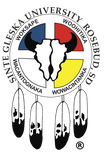|
Upon their request, SGU Tiwahe Glu Kini Pi Ki (TGKP) "Bringing the Family Back to Life" Children's Mental Health Program, took therapy horses to the White River, SD, Nursing Home on May 17, 2022, for a visit with the residents. The Sunkawakan (Horses) and residents thoroughly enjoyed their time together. SGU TGKP, located on the SGU Campus and Ranch in Mission, SD provides behavioral health services for children, Ages 3-18, with serious emotional behavioral issues and their families. Services include assessment, therapy, wraparound care coordination, Lakota cultural teachings and healing practices, referrals and flex funds for immediate unmet needs. SGU Tiwahe Glu Kini Pi is working to restore spiritual connections and healing with the Sunkawakan Oyate (Horse Nation)and all of creation for children and families through Lakota based equine therapy, summer camps and school and community-based activities. For more information, please visit the program website at Tiwahe.org or contact Marlies White Hat, TGKP Director at: [email protected]
0 Comments
Spring 2022
Memories Brought to Life Through a Phone Call HI351: 20th Century War in American History II – was held Spring ’22 on Tuesdays 7-10 PM. We started with Korea and at mid-term turned to Vietnam, and then the last 4 weeks we did the US involvement in the Gulf Wars, Iraq, and Afghanistan. The class was held through Google Classroom. As a result, we had opportunities to reach out to veterans and include them in helping us understand these wars. We were in class on Vietnam Veterans’ Remembrance Day (March 29th) and called Duane Hoesing (brother of Lisa Hoesing) and thanked him for his service to the country. Duane served with the Marine Corps in-country 1968-69. In addition, Duane had been most helpful in the curriculum work his little sister was involved in with the creation of this course – including recommending the book used for the Vietnam War (Everything We Had by Al Santoli). The class invited Duane to come back and talk to them and he graciously accepted. Lisa then sent two more invitations to two more brothers who were in the Vietnam War during the same years as Duane’s service – Gary Hoesing (Army Veteran stationed in Virginia involved in debriefing returning Vietnam vets), and Bob Lerch (Air Force Veteran stationed in Okinawa US Air Base which was the primary loading and offloading base for the Marines). On April 5th, the class logged in and was soon joined by all three veterans via google meet or speaker-phone for Duane. As Duane was the veteran who had actually served in-country, the older brothers deferred to him to lead the discussions. His reminiscing involved stories of both his own experience and that of his Marine buddies. He also talked at length about PTSD and how much people have learned of it and how much more is done now for veterans. One of the students in the class was herself a veteran of Afghanistan and was very much involved in the discussions with the other veterans. The two-hour class was one of the most poignant classes ever witnessed by all involved. It was the first time that these three brothers ever talked to each other about their varied experiences. Questions were asked by the students as well as the veterans and the depth of emotion and honesty was beyond emotional and memorable for all involved. Lisa Hoesing (little sister) was thanked by all for making it possible. However, as I said then and will say again – it was divinely inspired. It all started with that one phone call made during class. The students were given contact information for the three brothers, and many sent them private notes of gratitude and thanks. Two weeks later, the class was joined by another veteran of the Gulf War Era – Chris Barrera, who had accepted an invitation from one of the students. Again, the depth of information shared and knowledge imparted was inspiring. As he knew many of the students in the class, it was equally personal and emotional. Through the use of google classroom, opportunities like this can be created and come to fruition. This platform for leaning allows a whole new dimension to become reality – gathering people from four states to ‘the table’. HI351 quotes from student evaluations:
Wáŋaǵi TaČaŋku Kíŋ
Mah́piya ekta Wáŋaǵi TaČaŋku kíŋ kákel slólyapi. Eháŋna wičaša waŋ líla kúja na wáŋna t’a, aŋpétu okíse heháŋyaŋ, na kíni. Máto Tópa ečiyápi kéyapi. Léčel wógláka ča oyáte kiŋ atáya nah́oŋpi. Máto Tópa: Wočičiyákapi kte lo, Le mat́’e kíŋhe waŋkáta owótaŋla waí na čaŋku wáŋ líla owótaŋla ča ógna blé lo. Na okíjáta waŋ el waí. Yuŋkaŋ eh́l wičaša waŋ najiŋ na uŋma čankú uŋma čatkáyataŋ kiŋ ogna ye maši ča ogna blé lo. Na eŋa oíhaŋke ča el waí. Yuŋkaŋ hél wiŋuh́čala waŋ najiŋ na okšaŋkšaŋ waŋmáyaŋke lo na. “Íto le máḱata ih́pečiye ktá tka aké ačiyuštaŋ na oyáte kiŋ atáya olákiŋ kte. Túwa akíto šni kiŋ hé čaŋku waŋ táku waštešni óta na el yáhi kiŋ lél létaŋ kúta ih́pewáye kta ča wówašake maḱupi ye, na túwa akíto kiŋ hé ée čaŋku waŋ wašte kiŋ ogŋa yiŋ kta ča nitúŋkašila ečoŋ maši ye, ča yágnina oyásiŋ akítopi kte.” Na waŋna hétaŋ kúta páoŋzi hékta amáu na ečel om’apáha ča kúta maglíh́paye lo. Hečel oyáte kiŋ oyásiŋ akítopi, hé ohákab. Na le wóoyáke wowíčake, mah́piya ekta mah́́piya waŋ glákiŋǵaŋ h́paye kiŋ hée ča ótaŋ́iŋyaŋ hé é na ičiŋuŋpa waŋna ptáŋyetu ča Wičakíyuhapi ečiyapi kiŋ hé ataŋ́in wičah́pi šakówiŋ mah́piya el yáŋka léčoŋ s’e : Hé wašičuŋ Čiŋška Táŋka eyápi na hé léčel wóoyake hé toháŋyaŋ yaŋke či héhaŋ tuktétu oyásiŋ okíčize yúke kta iyúkčaŋpi nah é Wičakíyuhapi ečiyapi. Na héhaŋl Tayámŋi Ṕa ečíyapi mah́piya el wičah́pi ptáyela hé iš waŋiyetu na blóketu kiŋ nupiŋ oyáka. Héoŋ tóhaŋ líla osni kta a líla kičikiyela ča osni na kičitéhaŋyaŋ ča mašte hečel slólyapi. The Spirit Road The Spirit Road is known to be the way to the Spirit World. Once a man was very sick and died; a half day from then and he came to life. They say he was called Four Bears. There was this account that the whole tribe had heard: Four Bears: I shall tell it to you, Now when I died, I went straight upward, and I went upon a road that was quite straight. I came to a fork. And there was a man standing there, and since he told me to go on one road, the one on the left; on it I went. And I went right to the end. And there stood an old lady; she was looking me over and she said: “Come now. I shall leave you here on earth, but I will again let you go and then you should tell the whole tribe: if one has not tattooed himself there is a road that is much that is not good, and if you get on it, here I will be given strength to cast him down from it; and if one has tattooed himself, it is your grandfather that told me what to do, so one might go on the good road; therefore, you should start out home and everyone mark himself.” And now they brought me back tipped down, and as it is when he pushed me over, down, down, down I went. So, all the tribe were marked, he afterwards. This is a true account {the Spirit Road}; is an apparent cloud stretching to the Spirit Road; and the second is in the springtime, called the “tumbler”, seven stars in the sky appearing to make this, as it were. White men call it the Big Dipper; and as long as there was story-telling this way, they all understood then where there would be fighting battles, so they called it the “Tumbler”. It had been called the Three-headed Deer (i.e., the Pleiades of Taurus), the strs collectively carried a message in the Spirit World, in both the Winter and the Summer. That is why they knew, when it was about to get very cold, when {the Big Dipper and Spirit Road} were close together the weather was cold; and when they were far apart the weather was hot and humid. |
Strengthening the Circle :
|
- About
- Quick Links
- News
- Governance
- Discover SGU
-
Student Life
- Facts and Figures
- Online Learning Support
- New Student Info/Registration
- Research Review Board >
- 2023 Graduation Ceremony
- 2023 Graduate Photos
- Student Association
- Literacy Center
- Disability Services
- Counseling Services
- Child Care
- Transportation
- Security
- Bookstore
- Library
- Web Mail
- What You Can Do At SGU
- Poll
- Student Opportunities
- After Graduation
-
Departments
- Staff
- Giving
- Board Minutes
Mailing Address: Po Box 105/Mission, SD/57555
Shipping Address: 101 Antelope Lake Circle/Mission,SD/57555
605-856-8100
Shipping Address: 101 Antelope Lake Circle/Mission,SD/57555
605-856-8100
Accreditation and Sinte Gleska University – A Short History
Sinte Gleska University has been accredited by the Higher Learning Commission (HLC – formerly the North Central Association) since 1983. Because SGU is accredited, colleges and universities across the United States will review courses that students take at SGU and will consider them for transfer.
For more information, and to see the most recent correspondence from HLC to SGU, click on the HLC logo
Sinte Gleska University has been accredited by the Higher Learning Commission (HLC – formerly the North Central Association) since 1983. Because SGU is accredited, colleges and universities across the United States will review courses that students take at SGU and will consider them for transfer.
For more information, and to see the most recent correspondence from HLC to SGU, click on the HLC logo
All Media on this site ©2023 Sinte Gleska University.
Do not use without permission. Sinte Gleska University and the Sinte Gleska University Logo are Protected and Registered Trademarks.
Not to be used without permission.See HERE for legal information
Do not use without permission. Sinte Gleska University and the Sinte Gleska University Logo are Protected and Registered Trademarks.
Not to be used without permission.See HERE for legal information

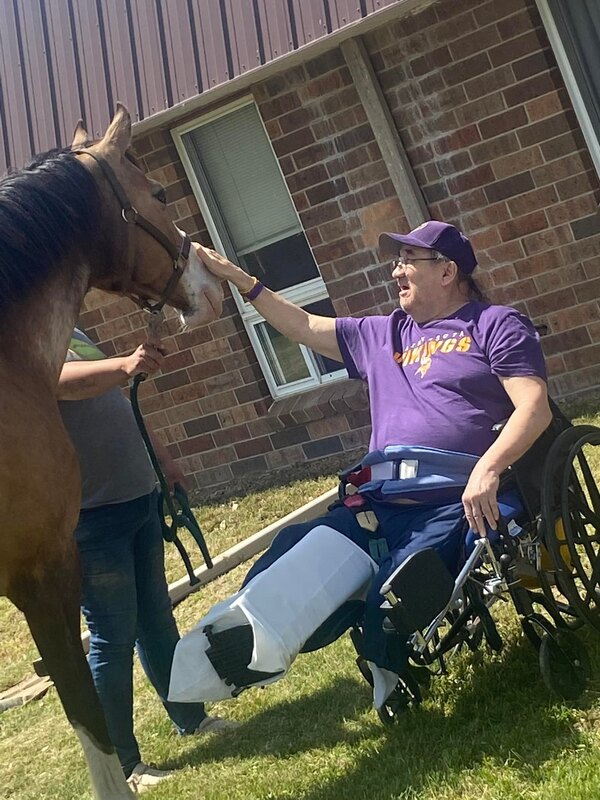
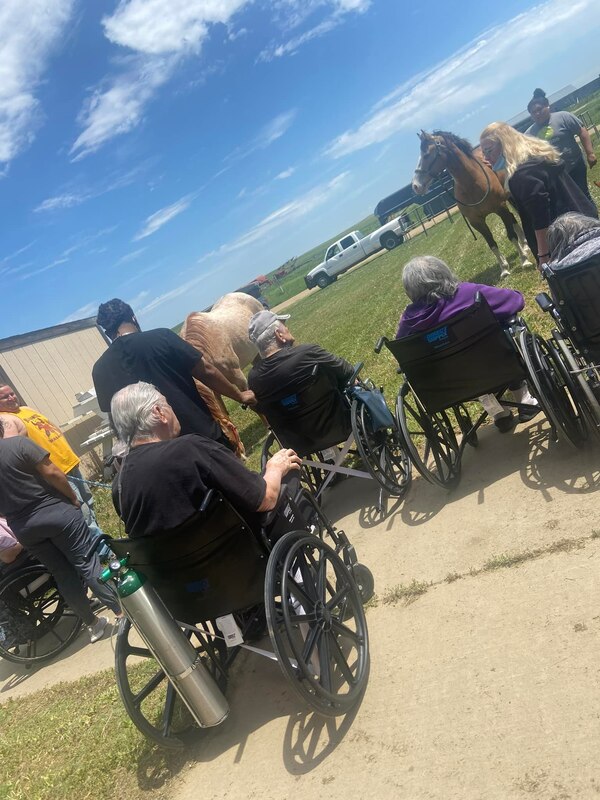
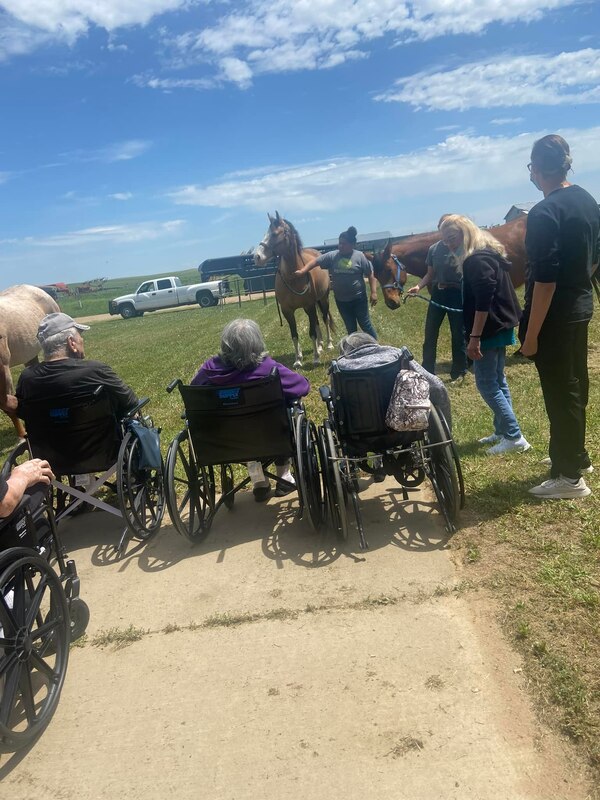
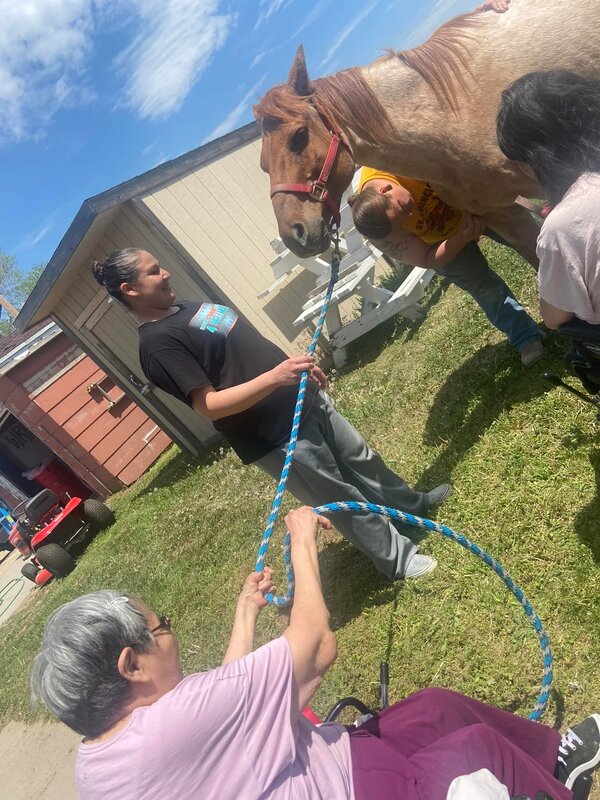
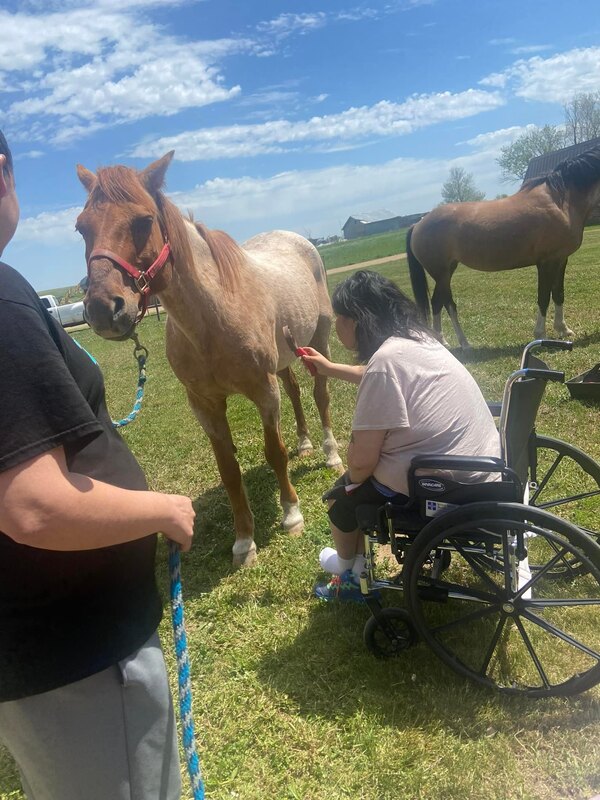
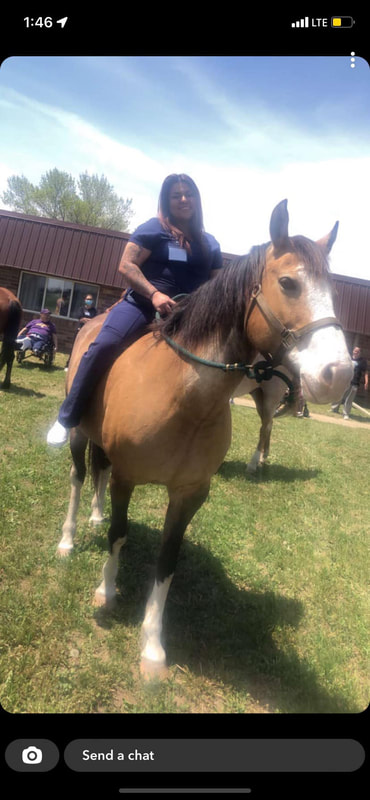
 RSS Feed
RSS Feed
